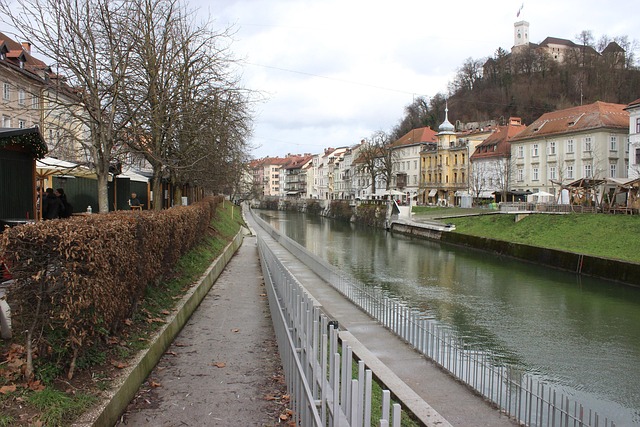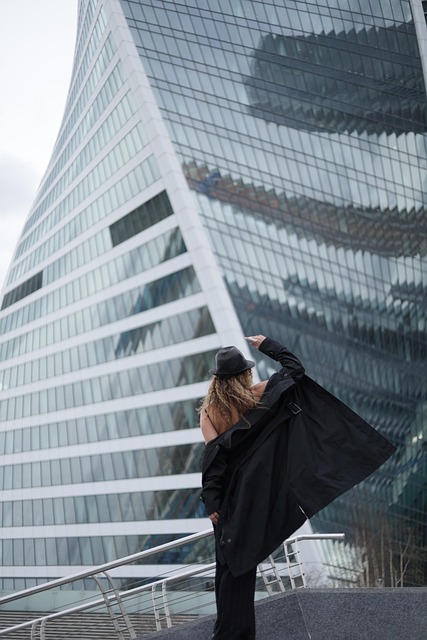Karachi's construction bylaws are critical for maintaining a safe, sustainable, and aesthetically pleasing urban environment. These regulations cover zoning, building codes, environmental considerations, fire safety, and energy efficiency. Adhering to these guidelines fosters harmonious development, preserves the city's unique skyline, and minimizes impacts on neighboring properties. Strict enforcement and digital innovations aim to revolutionize planning and combat unauthorized constructions, ensuring Karachi's vibrant future while maintaining livability.
“In the bustling metropolis of Karachi, understanding construction bylaws is pivotal for urban development. This comprehensive guide delves into the intricate world of civil lines, their role in regulating building projects, and key provisions that shape the cityscape. From restrictions for builders to the impact on infrastructure, we explore the nuances of these by-laws. Furthermore, we analyze challenges, recent amendments, and future prospects, offering insights into Karachi’s evolving construction landscape.”
- Understanding Construction Bylaws in Karachi: A Comprehensive Overview
- The Role of Civil Lines in Regulating Building Projects
- Key Provisions and Restrictions for Builders and Developers
- Impact on Urban Development and Infrastructure
- Challenges, Amendments, and Future Prospects of By-laws in Karachi
Understanding Construction Bylaws in Karachi: A Comprehensive Overview

In Karachi, like many bustling metropolises, construction bylaws play a crucial role in shaping the urban landscape. These regulations are designed to ensure safe, sustainable, and aesthetically pleasing development, reflecting the city’s vibrant tapestry. Understanding these bylaws is essential for both builders and residents, as they dictate everything from zoning restrictions to building codes, architectural styles, and environmental considerations.
Karachi’s construction bylaws are a comprehensive framework aimed at maintaining order and enhancing quality in construction projects. They cover a wide range of aspects, including permit requirements, structural integrity, fire safety, sanitation, and energy efficiency. Compliance with these bylaws not only guarantees safer living environments but also contributes to the city’s overall development and beauty. For instance, specific guidelines on height limits and set-back rules help preserve the city’s skyline and ensure a harmonious blend of modern structures with existing landmarks.
The Role of Civil Lines in Regulating Building Projects

In the bustling metropolis of Karachi, construction projects are a common sight, but they must adhere to strict guidelines to ensure safety and structural integrity. This is where civil lines come into play as a crucial regulatory mechanism. These lines serve as visual boundaries that define the permissible limits for construction activities, preventing any encroachment or haphazard development. By adhering to these specified areas, builders can navigate the complex landscape of urban planning, ensuring their projects comply with local by-laws.
In the context of Karachi’s dynamic urban environment, civil lines provide a framework for orderly growth. They dictate the placement of foundations, walls, and structures, minimizing the impact on neighboring properties and public spaces. Compliance with these guidelines fosters a harmonious environment, avoiding potential disputes and ensuring that each project contributes positively to the city’s overall development tapestry.
Key Provisions and Restrictions for Builders and Developers

In the bustling metropolis of Karachi, construction projects are subject to strict by-laws and regulations, ensuring a balanced and orderly development. The key provisions for builders and developers include adherence to zoning rules, which dictate land use and building height restrictions. These measures are vital to preserving Karachi’s vibrant landscape and mitigating potential environmental impact.
Additionally, builders must comply with specific technical standards and safety protocols, such as structural integrity requirements, fire safety measures, and adequate ventilation. All construction projects require approval from relevant authorities, who thoroughly inspect plans and monitor progress to ensure these restrictions are met. Non-compliance can result in penalties, project halt, or even legal action, underscoring the importance of developers staying informed about and adhering to Karachi’s civil lines by-laws.
Impact on Urban Development and Infrastructure

In Karachi, construction bylaws and civil lines play a pivotal role in shaping the city’s urban development and infrastructure landscape. These regulations govern how land is used, buildings are constructed, and public spaces are designed, ensuring orderly growth and sustainable development. By adhering to these guidelines, the metropolis can avoid the chaotic expansion often seen in rapidly growing cities. The bylaws promote balanced development by setting limits on floor space ratios, height restrictions, and zoning for residential, commercial, and industrial areas, thereby preserving the city’s livability and aesthetic appeal.
Moreover, civil lines serve as a framework for critical infrastructure planning. They guide the placement of essential services like water supply networks, sewage systems, electricity sub-stations, and transportation arteries. This strategic approach to infrastructure development ensures that Karachi remains not just a bustling metropolis but also a well-connected, efficiently managed urban center. The impact is twofold: it enhances the quality of life for residents and attracts investments by showcasing a city committed to sustainable growth and modern infrastructure.
Challenges, Amendments, and Future Prospects of By-laws in Karachi

Karachi, as a bustling metropolis, faces unique challenges when it comes to construction by-laws and civil lines. The rapid urban growth has often outpaced regulatory frameworks, leading to issues like unauthorized constructions, haphazard development, and violations of zoning regulations. These problems highlight the need for dynamic by-law amendments that can keep up with the city’s evolving needs without compromising its structural integrity.
The future prospects of by-laws in Karachi look promising as authorities recognize the importance of updating policies to promote sustainable and organized growth. Digitalization efforts, such as online building permission systems, have already begun to streamline processes. Additionally, incorporating innovative solutions like smart cities technology could further enhance efficiency in enforcement and planning, ensuring that Karachi’s construction landscape remains both safe and vibrant in the years to come.
In conclusion, construction bylaws and the regulatory framework played by Civil Lines are pivotal for shaping the urban landscape of Karachi. This article has provided a comprehensive overview of these laws, highlighting their role in governing building projects, key provisions, and impacts on infrastructure development. While challenges exist, ongoing amendments reflect a commitment to adaptability and improvement. As Karachi continues its growth trajectory, a balanced approach between regulation and innovation will be essential to ensure sustainable and orderly urban development.
